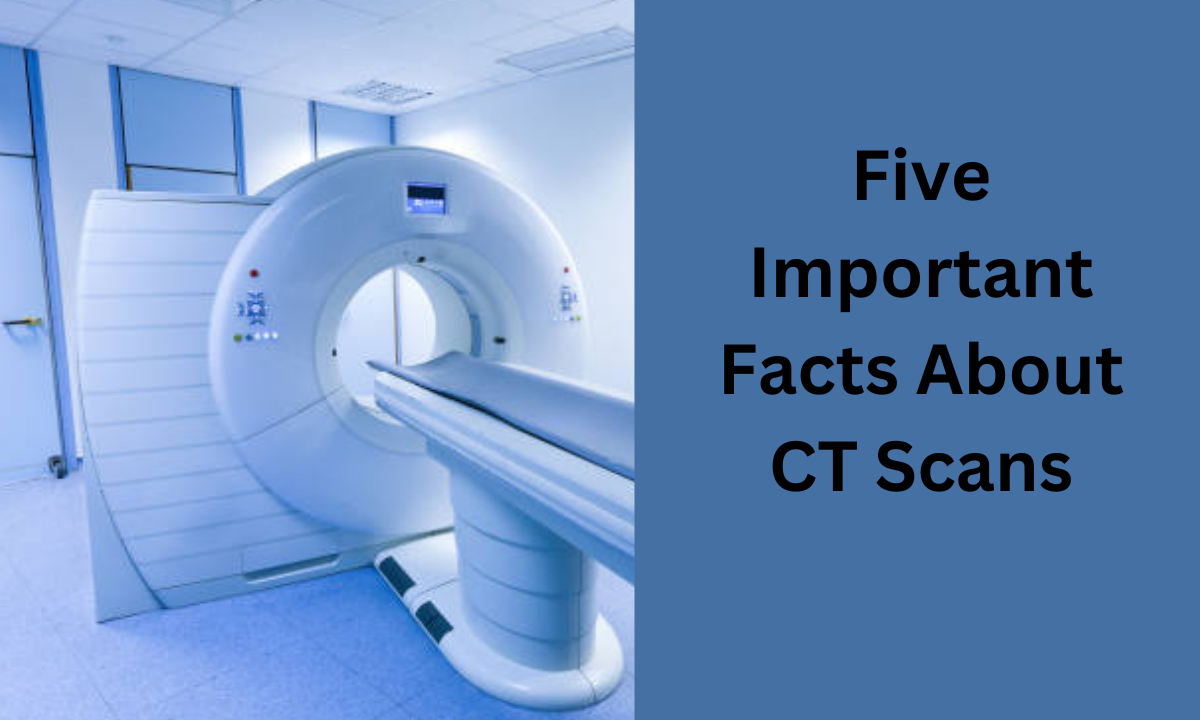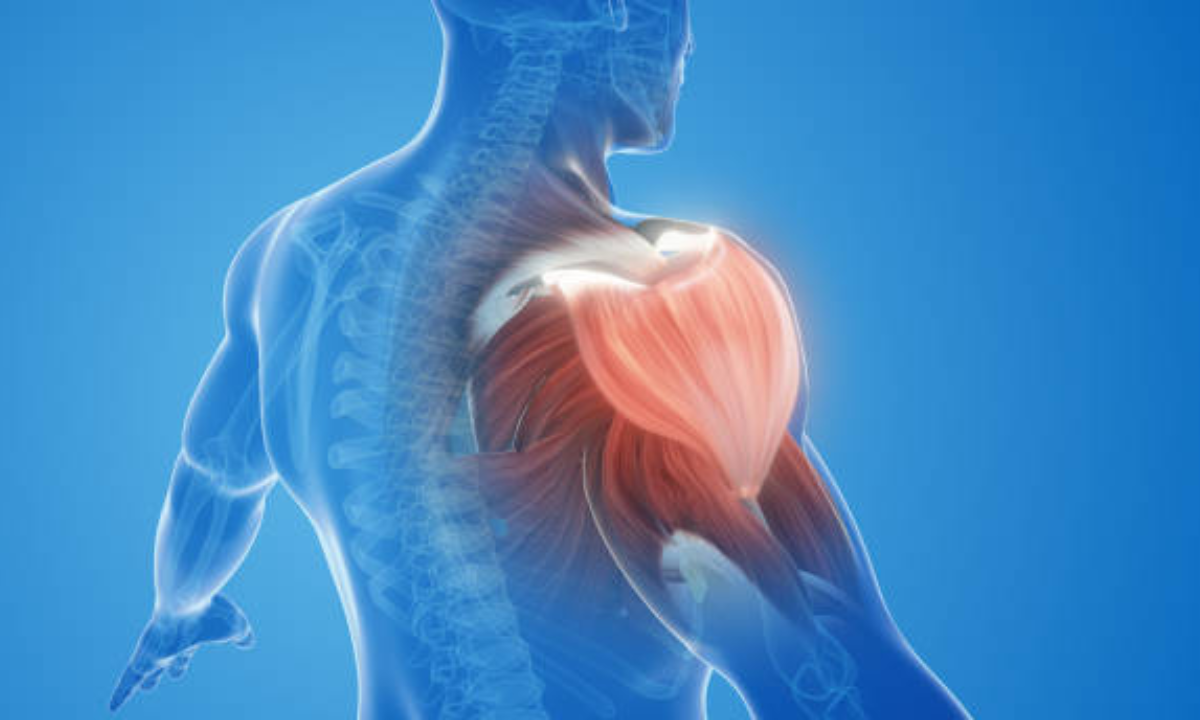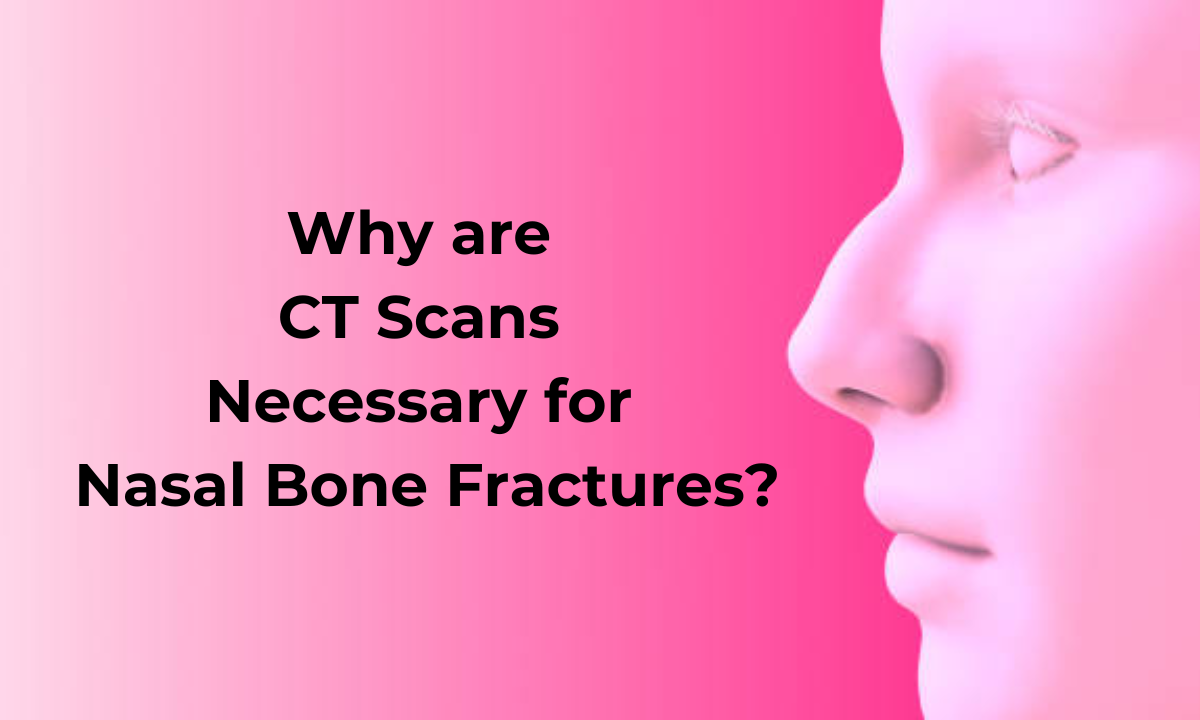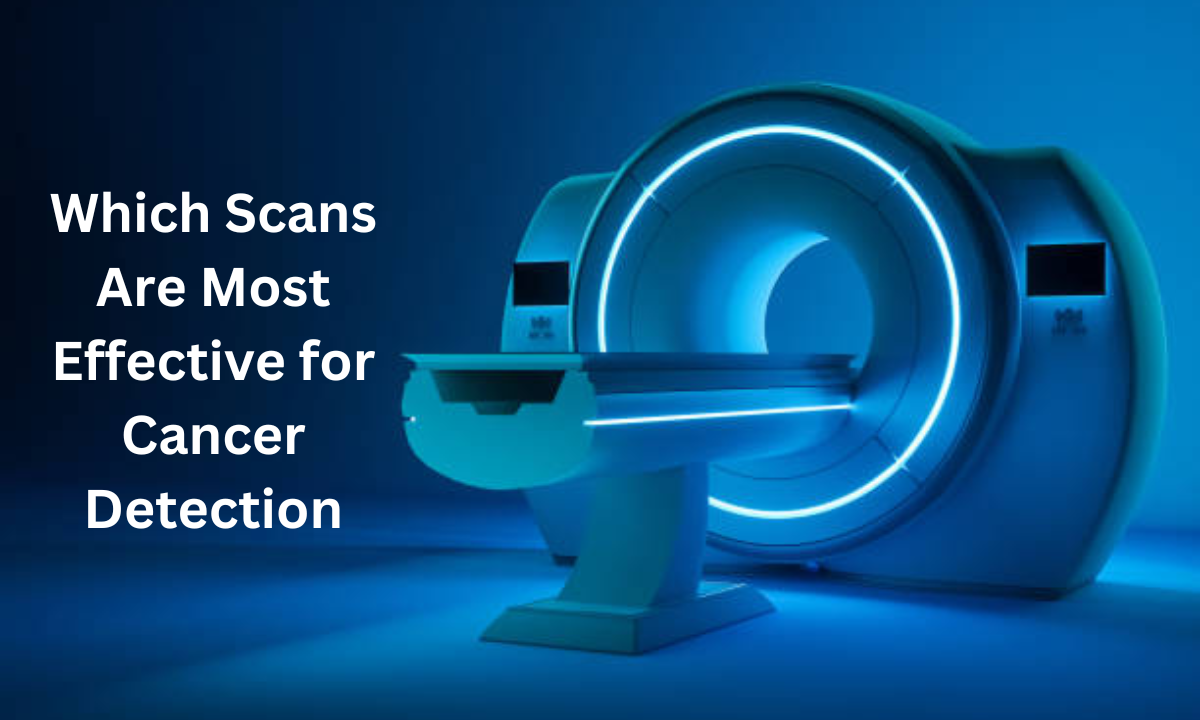The ever-evolving CT technology known as “computed tomography” falls under the medical imaging category introduced way back in the 1970s and plays an important role in diagnosing as well as determining many different diseases and illnesses.
Also known as CAT scanning (computed axial tomography), CT provides detailed cross-sectional images of the body. By setting up a benchmark with its advancements and innovation, has radically transformed the healthcare industry because of its in-depth analysis and images of the human body with the highest accuracy.
So you have an idea of what I am talking about. Yes, you’re right! Today, I will be covering CT technology, its functionality and why to choose this CT technology for imaging. So keep reading!! As this is a guide to image excellence and what wonders it is creating.
What is CT Technology?
Let’s start with the basics keeping aside technical jargon for you and explanation in simple terms. CT technology is a short form of computed tomography. This is an imaging technique in the medical field that uses X-rays for creating deep divisional images of the human body.
Helps to take a series of X-ray pictures from different angles and using a computer to reconstruct them into a 3D image. This gives medical specialists a deeper look at the body with exceptional clarity.
How Does CT Scan Work?
Here’s a simplified overview of the CT scanning process:
- X-ray Source: CT technology begins with an X-ray source, which emits a controlled beam of X-rays.
- Detectors: Opposite to the X-ray source, there are detectors that capture the X-rays and measure how much radiation passes through the body’s tissues.
- Rotation: The X-ray source and detectors rotate around the patient, it sends narrow beams of X-rays capturing multiple images from different angles.
- Computer Reconstruction: A computer processes these images and creates detailed cross-sectional slices, also known as “slices” or “tomograms.”
- Final 3D Image: These slices are then stacked together to produce a 3D image that provides an intricate view of the area being examined.
CT’s divisional images allow radiologists to examine the body slice-by-slice. This is like looking at a loaf of bread by cutting thin slices rather than just viewing the outer crust.
Advantages of CT Technology
CT scan technology offers a bunch of advantages as compared to traditional X-rays. Read further to know:
- Detailed views: CT scans provide clear, high images that allow physicians to visualize complex anatomy.
- Soft tissue imaging: Unlike X-rays, CT scans excel at imaging soft tissues of organs and blood vessels.
- 3D capabilities: CT data can be used to construct 3D images for enhanced diagnosis and surgical planning.
- Short scan times: Modern CT scanners can complete scans in, avoiding motion artifacts.
- Versatility: CT can image any part of the body and is widely used in many specialties.
With its huge potential and doctor’s favourite detective tool, this gives a major benefit for medical diagnosis and simplified treatment plans.
Applications of CT Scan
CT technology is mainly used for diagnosing medical conditions and treatment planning. Let’s have a closer look at its applications for humans:
- Broken Bones: Got a fracture? CT scans are often used to assess the extent of injuries, such as fractures and head trauma.
- Cancer: When it comes to cancer, CT scans are like detectives with magnifying glasses. It helps diagnose appendicitis, tumors, kidney stones, and liver disease.
- Heart: Have any cardiovascular issues? This can reveal blockages in blood vessels and heart problems or other types of heart risks.
- Internal Organ Assessment: CT scans provide detailed images of organs like the brain, lungs, liver, and kidneys. Can reveal lung diseases, infections, emphysema, blood clots, and tumors also in the chest cavity.
- Abdomen: Abdominal CT scans help diagnose appendicitis, tumors, kidney stones, liver disease, etc.
CT Scan Advancements
While CT has been a mature technology for decades, engineers continually refine it to enhance image quality, reduce radiation exposure, and expand capabilities:
- Faster scanning: New CT systems use more detectors and faster rotation speeds to acquire images in seconds rather than minutes. This raises resolution and makes new uses like cardiac CT possible.
- Lower radiation: Improved technology like tube current modulation reduces radiation dosages. This helps alleviate exposure from medical imaging.
- Higher resolution: Increased computing power supports more advanced image reconstruction algorithms. As a result, it is easier to spot minor illnesses and delicate fractures.
- Spectral CT: This cutting-edge method uses unique detectors to offer more information on tissue composition. As a result, diseases like gout and cardiovascular may be diagnosed more accurately.
Preparing for a CT Scan
Proper preparation is important for ensuring a high-quality CT scan:
- Tell your doctor about any allergies, illnesses, and prescription drugs you are using. Contrast dye or sedatives may be required for some patients.
- Fast for several hours before an abdominal CT scan to prevent artifacts from food contents.
- Remove any metal objects like jewelry that could cause artifacts in the images.
- You may be asked to change into a hospital gown and remove glasses, dentures, and hearing aids if scanning the head or neck.
- The use of intravenous contrast material is a key part of enhancing the details in many CT scans.
The Aftermath: Post-Scan Routine
After the scan, it’s important to drink plenty of fluids. This is because the contrast material is removed from the body through the kidneys, and staying hydrated helps this process along. This extra hydration can also help reduce any aftertaste that might linger from the contrast material.
In most cases, unless directed otherwise by your physician, you can return to your normal diet and activities immediately after the scan.
The Bottom Line-CT Technology
In the wild world of medical imaging, CT technology is like a rock star with cool shades. Whether it’s helping doctors figure out what’s wrong, making surgery plans, or even giving scientists new insights into diseases, CT tech is like the dependable sidekick in the superhero team of medicine.
While there may be a little extra prep work involved and the unusual sensation of warmth during the injection, the use of intravenous is pretty straightforward. Overall, CT technology is immensely helpful in diagnosing a wide range of health conditions.
You can call it a cosmic X-ray puzzle solver! And who knows, with technology always advancing, the best is yet to come in the world of CT scans. It’s like the medical imaging world is in for a blockbuster sequel with lots of surprises!
Kiran PET-CT is always a viable & preferred CT technology service provider and the name itself sells everything due to its availability of different products and solutions 24/7. If you need human or pet CT Scan services, without even a single thought call at 70902 70904 for further discussions or any other sort of immediate assistance.






